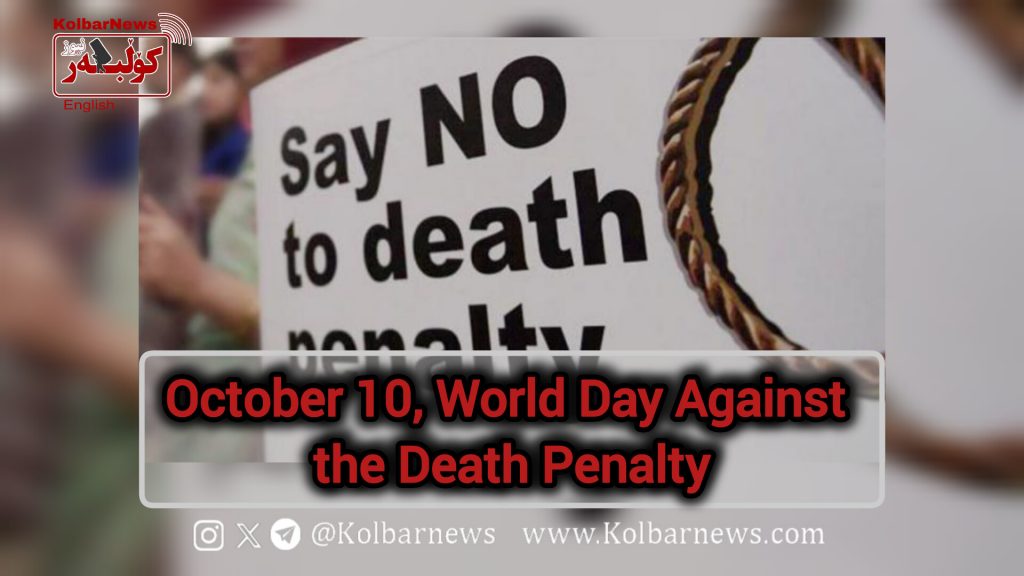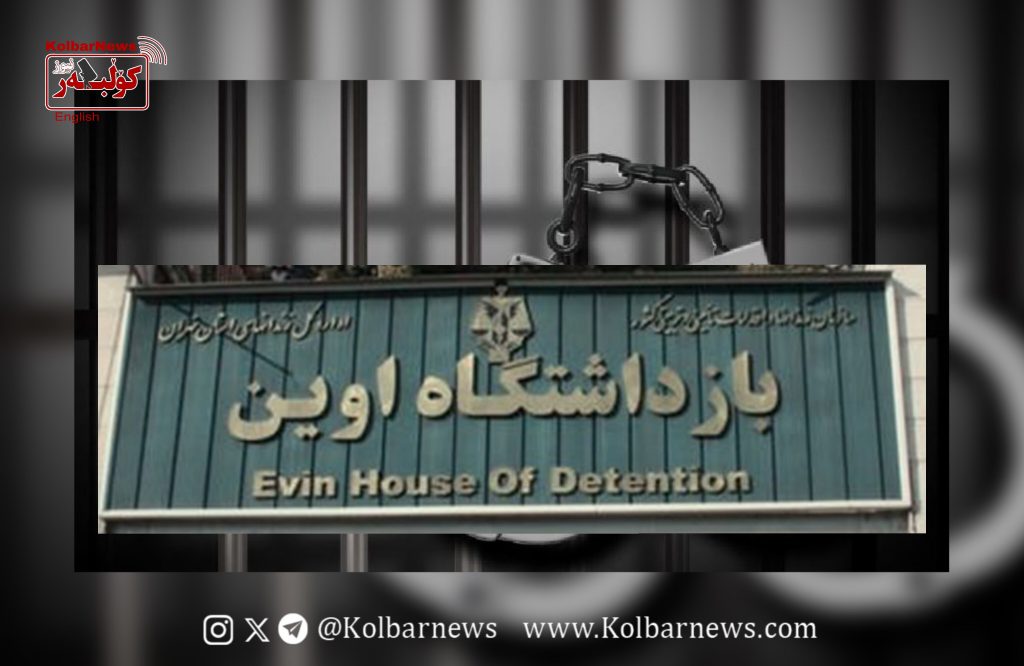
Tomorrow, Thursday, October 10, marks the World Day Against the Death Penalty, a global movement pushing for the abolition of capital punishment. While the number of countries abolishing the death penalty continues to rise, Iran, under the rule of the Islamic regime, has seen an alarming increase in executions. In the past year alone, at least 811 executions were carried out, placing Iran once again at the top of global execution statistics. In 2023, Iran accounted for 75% of the world’s recorded executions. In August of this year, at least 97 executions were reported, 45 of which were related to drug offenses, which are not considered “most serious crimes” under international law. Moreover, this year saw the highest number of women executed in Iran in a decade, with 23 women among those put to death.
Tragically, some of the executed individuals were minors at the time of their alleged crimes. Among all countries where capital punishment remains in force, the Islamic Republic of Iran is the only government that executed “child offenders” last year. According to Amnesty International, between 1990 and 2018, 138 child offenders were executed worldwide, with 93 of these executions taking place in Iran. Over the past 30 years, Iran has been the leading country in executing child offenders.
Reports from human rights organizations reveal a systematic effort by the Iranian government to execute its citizens. These reports coincide with widespread protest campaigns, both within and outside of Iran, against state-sponsored executions. The fight to abolish the death penalty is gaining momentum, and hundreds of courageous prisoners in more than 22 prisons across Iran have launched the “No to Executions Wednesdays” campaign, which is now in its 37th week. Every Wednesday, these prisoners engage in hunger strikes, and their brave efforts have gained international attention. The aim of this campaign is to protest the death penalty, calling for its abolition as an inhumane and irreversible punishment, regardless of the crimes or beliefs of those sentenced to death.
On Tuesday, October 7, 2024, the striking prisoners released a statement ahead of the World Day Against the Death Penalty, declaring that Iran, under its oppressive regime, continues to carry out public executions at an alarming rate. From the beginning of 2024 until now, nearly 450 people have been executed in Iran. The widespread social media campaign under the hashtag “#StopExecutions,” supported by millions, and numerous protests in front of prisons and abroad, reflect the growing opposition to these state-sanctioned killings. In the same year, a significant increase in forgiveness by grieving families, who chose to spare the lives of their loved ones’ killers, has been noted, particularly in the Kurdish cities of Sanandaj and Saqqez, where this humanitarian tradition has been more prominent than in other parts of Iran.
The use of the death penalty in Iran is intertwined with the establishment of the Islamic Republic. The regime has used capital punishment as a deliberate and organized tool to eliminate political dissidents, social critics, and victims of its unjust system. From the outset of its rule, the Islamic Republic has relied on executions as one of the pillars of its power, using them to intimidate the population. The executions began with the heads of the former monarchy, who were imprisoned by the newly established Islamic regime, but quickly expanded to include political activists and opponents across the country.
The regime’s brutality is evident in its executions of leaders from the Turkmen protests in the spring of 1979, as well as the execution of brave Kurdish fighters following Khomeini’s jihad order on August 19, 1979, where executions were carried out in several Kurdish cities. Women, students, workers, and intellectuals who opposed the regime were also executed in various parts of Iran, forming the blood-stained record of the newly empowered Islamic fascist regime.
Mass executions and street killings, coupled with brutal torture in prisons during the early 1980s, crushed the Iranian revolution that had begun with the hope for freedom and a better life. The massacres peaked with the execution of thousands of prisoners in 1988, in the aftermath of the regime’s failure in the Iran-Iraq war, wiping out thousands in a matter of months.
Over the course of more than 45 years of oppressive rule, the Islamic Republic has used the death penalty as a state tool to instill fear and maintain its absolute power. Despite these brutal measures, the flames of resistance have never been fully extinguished, and the people’s hatred for the regime has only grown over the years.
The regime’s leaders use state propaganda to divert attention from the root causes of social issues by portraying the death penalty as a necessary response to crime and social disorder. They claim that without executions, criminals would be emboldened, and society would be at risk. But what kind of society needs executioners to defend itself.

